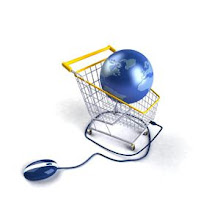
Mobile Payment System in Malaysia
There are 4 billion mobile phones in worldwide but only 2 billion bank accounts. This is very raison for the new mobile payment system. It is a system using mobile devices to make transactions such as pay bills, perform banking transactions and etc. In order to enjoy the benefits of mobile payment, users have to register and activate an account with mobile payment service providers.

Cash payment in Malaysia still considers as a large portion of the number of transactions in the economy. Cash payment is expected to level off soon and stabilize with the increased use of electronic payments. It is because electronic payment can increase the speed of payment, convenient, and reduce costs. Mobile phone payment is identified as one of the delivery channels that should be leverage on. Bank Negara Malaysia sees mobile payment system has a tremendous potential in Malaysia considering that 88% of the Malaysian population are subscribing to mobile phone service. The high penetration rate affirms mobile phone network as an increasing common channel for Malaysia to perform activities such as make payments. Indeed, payment via text message has significant potential also. With 25 million mobile phone subscribers in Malaysia, there has potential to accelerate the migration to mobile payment.
Introduce new system to across an organization is not an easy task. After few years trial and error, many industries in Malaysia are really to go with mobile payment system. Maxis FastTap is an integrated mobile payment service that uses near field communication (NFC) technology. With this service, user who sign up for FastTop is available now to use the classic phone to purchase goods and services Visa payWave merchant locations as well as pay for toll, parking, theme park charge and etc and Touch n Go points nationwide.
Nowadays, Malaysian users can continue to enjoy the benefits of speed and convenient on their mobile phones. This innovation of electronic payment in Malaysia bodes well for the mobile payment innovation in future.











